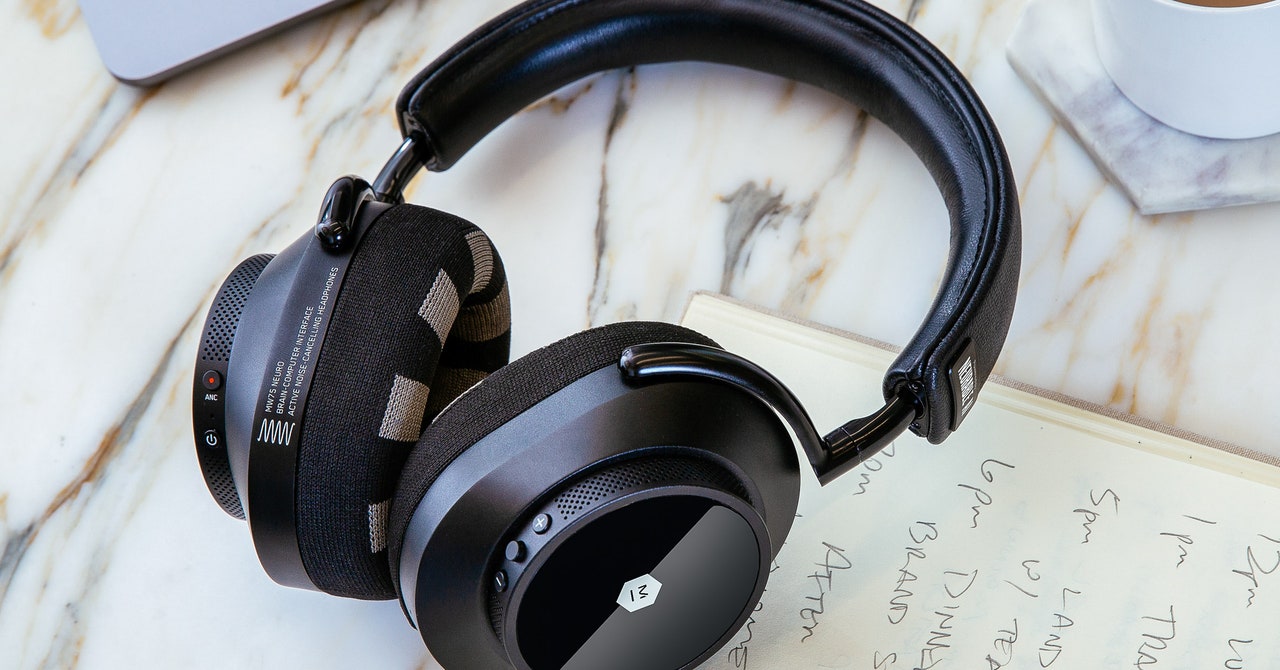
One afternoon I used to be utilizing the system for a bit over an hour after I heard a voice within the headset: “You’ve earned a mind break.” Alcaide says the system can detect when your focus is beginning to decline and that this characteristic is supposed to assist individuals keep away from burnout. “We are able to let you know when to take a break as soon as we begin detecting that your mind is fatiguing,” he says. I didn’t really feel fatigued, however I went forward and took a 10-minute break on the app’s suggestion.
One other day, I collected 200 factors in a day and earned a trophy with a “you’re on fireplace” message. Much like Fitbit badges, that are designed to reward your bodily exercise, Alcaide says the concept is to nudge individuals towards good habits.
It did give me a little bit of a lift in the identical method that I really feel achieved after I hit 10,000 steps a day on my Fitbit. I can’t say I’ve modified my work habits considerably because of utilizing the system, however I’m attempting to be extra aware about multitasking. Maybe over an extended time frame, I’d have been in a position to glean extra nuanced details about my focus habits.
All this info was attention-grabbing, however I questioned how correct it was. Like most tech firms, Neurable doesn’t share the main points of how its algorithm works. I turned to W. Hong Yeo, a biomedical engineer at Georgia Institute of Know-how who develops wearable brainwave-reading gadgets, to get an outdoor perspective on whether or not EEG is actually delicate sufficient to know after I’m targeted and after I’m not.
“It’s attainable so long as you’ll be able to constantly and robustly measure EEG indicators,” he advised me. Yeo’s present work entails attempting to measure cognitive decline in aged individuals with EEG.
The problem with growing wearable BCIs versus invasive ones is that the sign high quality is decrease as a result of the electrodes should report by means of the pores and skin and cranium. And at any time when there’s any movement, “you’re not going to get good contact with the pores and skin, so your EEG sign is probably not captured,” Yeo says.
As a result of Neurable isn’t making any well being claims, its headset doesn’t should be as rigorously examined as a medical system. Not like illness detection, which requires many extra electrodes positioned on particular areas of the scalp, measuring focus is extra subjective since there’s no gold normal, Yeo says. The corporate has ambitions to make use of its headset as a medical system to observe mind well being and diagnose neurological situations, however for now, it’s beginning with client functions.
Nonetheless, brainwave knowledge is extremely private, and gadgets like Neurable’s elevate questions on how person knowledge is saved and guarded. Molnar explains that the headset converts uncooked EEG knowledge into focus info, anonymizes it, deletes the uncooked knowledge on the system, and sends it to the app. That focus knowledge is encrypted, uploaded to Neurable’s cloud, and saved in a database. Customers’ private info, comparable to their identify, electronic mail deal with, and password is encrypted and saved in a separate database.






